A Few Words About Rank
Every so often we’re faced with the question of what the belts mean. And while most of us aren’t terribly concerned with belt ranking it is useful to the overall group to have an idea where each of us is recognized in the overall scheme of things. Plus, no matter how jaded you are to the idea of this qualification system it is always nice to have someone recognize your efforts. In Brazilian Jiu-jitsu it takes years to achieve a definition between blue and purple and further years of working hard on your material to progress further. In recent years, probably the last 15 or so, a striping system as begun to take hold – providing more opportunity for individual recognition. My black belt is the first belt I ever got stripes on, my instructor wasn’t given stripes, and we didn’t get them either. I know he does it now, because it’s good business sense and the fashion has caught on, plus it’s a cheap way to remind us how long folks have been at their ranks, which, sorry to say, can vary significantly.
How to measure your time in BJJ
Honestly measuring your actual mat time is not easy, we have a tendency to overestimate our own work-ethics. This is why like so many skill-based endeavors we need to apprentice under the guidance of recognized skillful folks. So how do we measure BJJ time? Never mind talking about years. Years are not useful measures. I tend to break things down like this: How many classes are you attending each week? And how many hours a week are you actively on the mat working your skills? If you make a couple of classes a week and perhaps one rolling session a week, there’s a good chance you can be getting a couple of hours of solid work a week in both training your moves and in free practice when you’re trying to make those moves work on others who are not just being compliant (and you’re not just sitting against the wall socializing! Which reminds me, in the very first martial arts I took back in the 70s-early 80s the Kenpo black belts would never let us lean against the wall – if we were caught there, we had to do push-ups!)
When you’ve reached about 150-200 hours of work you’re approaching your first rank change. This is of course an average. But in general, over the years, I’ve been active at this martial art it basically holds up. Many folks can’t do 150 hours in a year or even two, it sometimes takes longer others knock this out in less than a year (five classes a week or more!). There is argument to attest to the fact that the folks who take longer are actually better at the material. Those who struggle to learn the moves actually master them more deeply. Which leads me to this: What’s the rush anyway? Being on the mat at any rank means you have access to all the material and all the practice; it doesn’t matter what your rank is.
Blue Belt Critical Skills
It’s mostly about you doing the right things in bad situations. If I see you benching from a defense position when you should be moving your hips, or I see you exhausting yourself to accomplish a finish the opportunity for has long passed, I think more time is required. A blue belt does not kick everyone’s butt, the blue belt simply knows the moves that should be applied. Also, a blue belt is someone gaining maturity in handling disadvantageous positions. Accidents happen all the time in sparring, but if you regularly smack people or kick them, it is usually a sign of immature technical proficiency. White belts are always the most dangerous people on the mat for this reason, they frequently panic and move spasmodically. They also wear themselves out with inefficiency. This simply means more time is required practicing the moves, drilling the basics.
What Qualities Does a Purple Belt Have?
A purple belt is someone who has a very mature guard game (defense). They use their “hooks” with maddening proficiency and make passing them a nightmare. Typically speaking a blue belt will need some 400+ hours of mat time both drilling and free sparring to achieve this most prestigious rank. And most of that time will have been spent on their backs. A purple belt, it is said, knows what a black belt knows, they simply haven’t had the massive number of hours honing the material.
What Should You Be Drilling?
You should firstly be concentrating on the material being offered in class. When you’ve been in class for a while the novelty of new techniques will fade, and by the time you’ve been around the material three or four times, you should be looking for ways to improve these moves that you’ve been introduced to. Many newer students only like the novelty, and instead of building their skills with depth in the basics rush out and watch a lot of internet “university” and try to bring those moves to bear in their free sparring. This typically has mixed results. People without a good foundation in jiu-jitsu can learn a bunch of finishing techniques with ease. Finishes are the simplest of moves to memorize because they require the least context. When you are learning a finish, it is presumed you have a dominant moment, and this of course is the most difficult aspect of jiu-jitsu. Memorizing a pile of new armlocks will prove largely useless unless you’re hoping to write a book about the variety of them.
The most important position to work is your guard, your defense. With excellent defense your confidence will grow. You will be much less afraid to try for finishes when you are not terribly concerned about escaping.
Lastly . . .
I am watching you. I’m not watching you to catalog your video collections. Nor am I terribly interested in the articles you’ve read about jiu-jitsu. Nor do I care if you can drop a lot of BJJ star names (I frankly don’t know most of the modern heroes. I’m still in the 90s with my Mundial stars! Roleta!). I am watching you to see your proficiency and dedication to the effort of mastering the material. If I were teaching you to play guitar and you kept showing up to explain to me how good you’re getting at juggling, I assume you’re not interested in the guitar. I can’t force you to pay attention to what we’re doing all I can do is explain what you need to be doing to get better at Jiu-jitsu. Remember, it’s not just a matter of spending the time, it’s a matter of spending it wisely.
So, get on the mat and ready yourself for practice. Be a good partner for your training partner and try hard to build your BJJ toolkit. It’ll pay you back, I promise.



